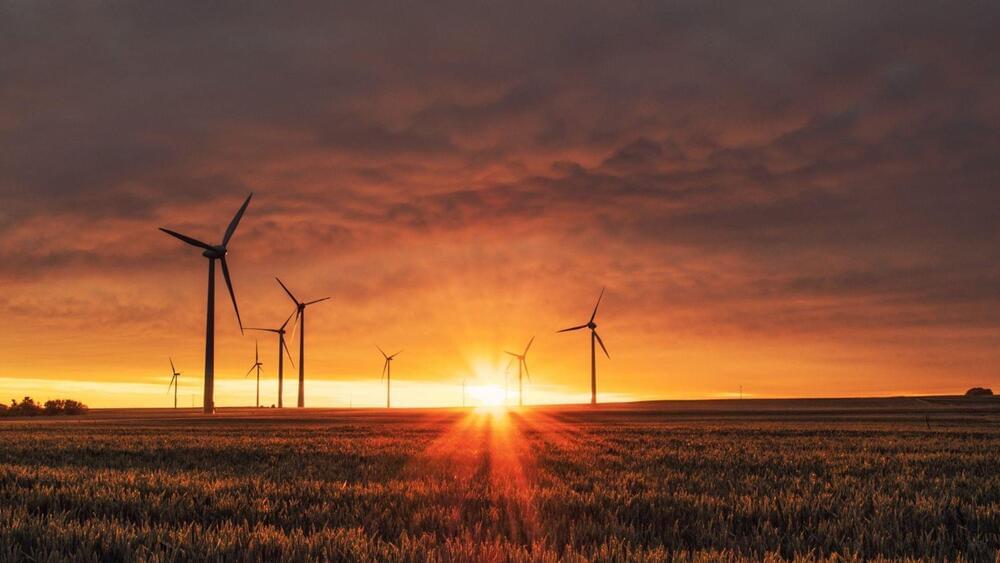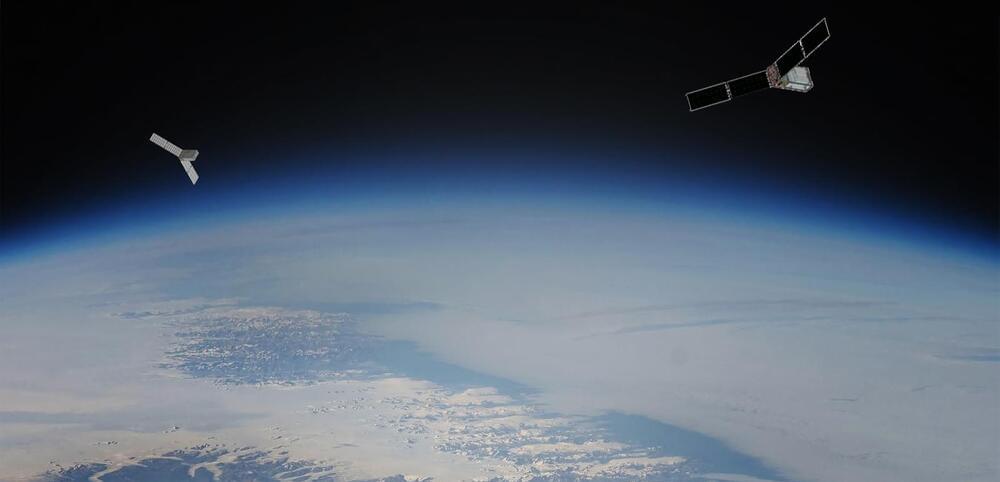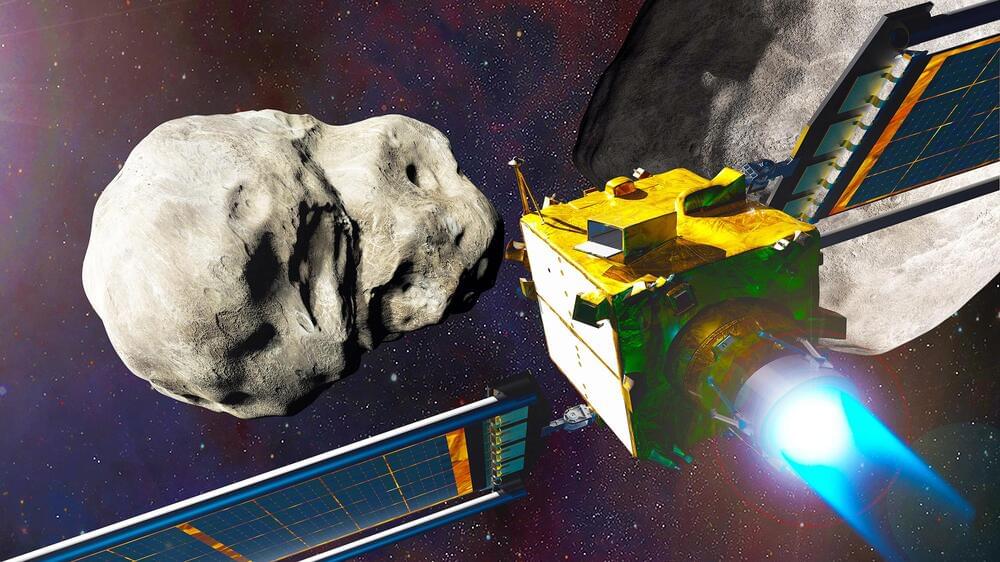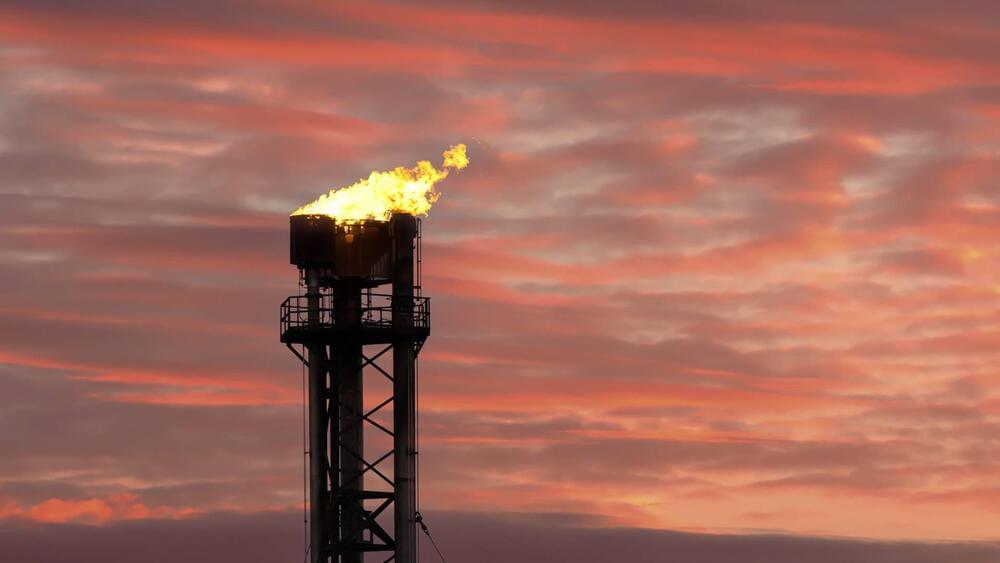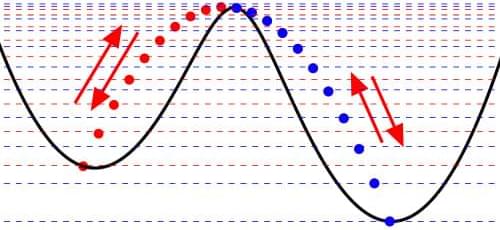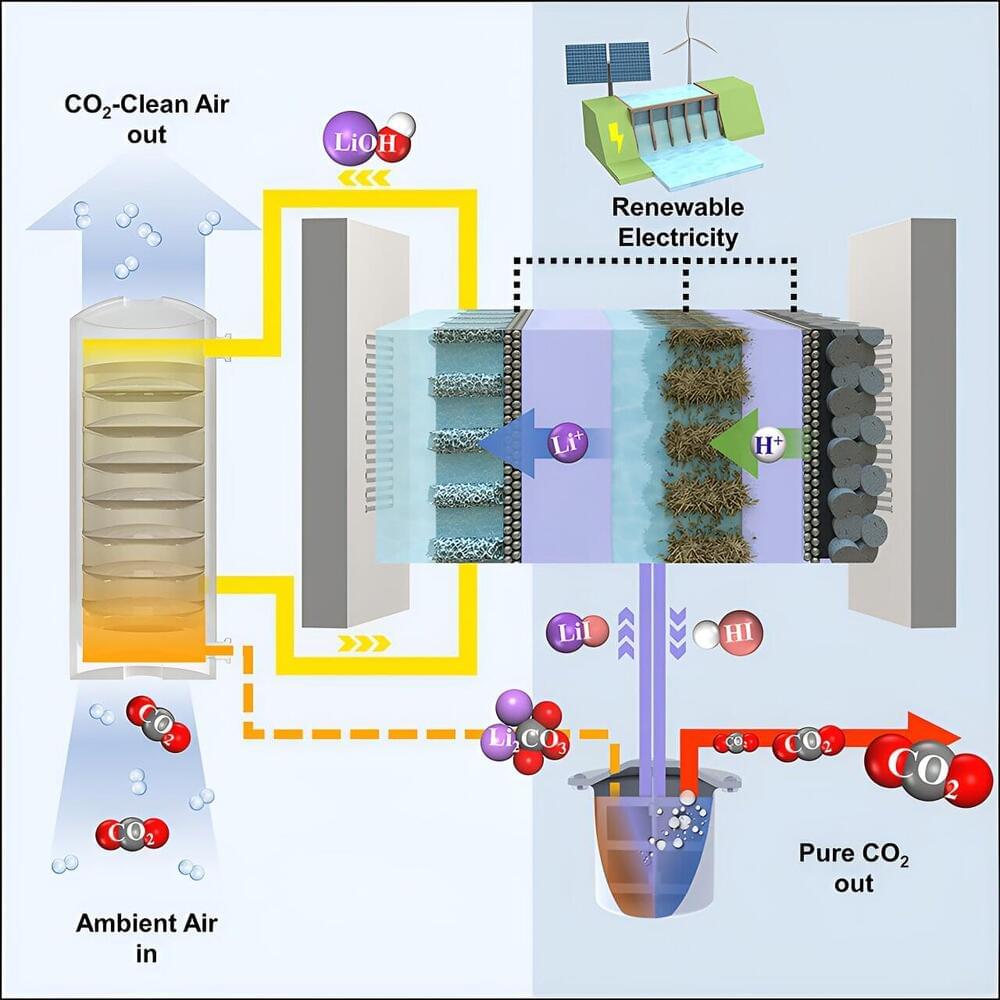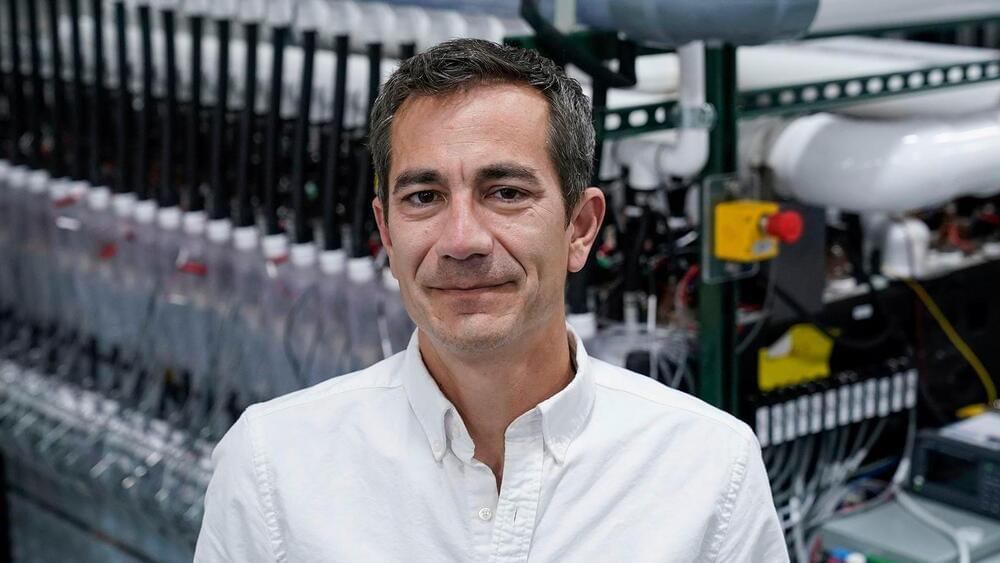Aug 18, 2023
MIT alumni’s thermal battery enables 24/7 renewable energy
Posted by Gemechu Taye in categories: energy, sustainability
The energy storage solution uses inexpensive carbon blocks that are inexpensive to make and easy to scale.
MIT alumni David Bierman and Jordan Kearns have joined hands to build a thermal battery that lets industrial users rely on renewable energy round the clock, a university press release said. The duo, who studied at the university during the last decade had set up separate companies in the field of renewable energy that have now merged and could see joint projects become operational as early as 2025.
As renewable energy installations such as solar and wind have increased recently, increased production and lower demand during parts of the day have resulted in low electricity prices. Although this is good news for end-use customers, it dampens investments in the sector.
